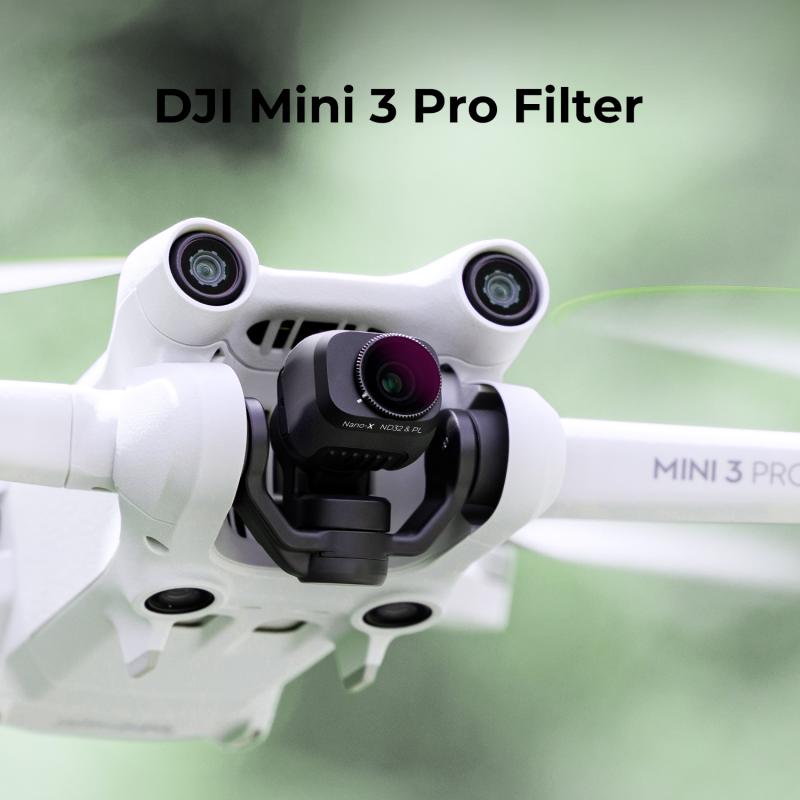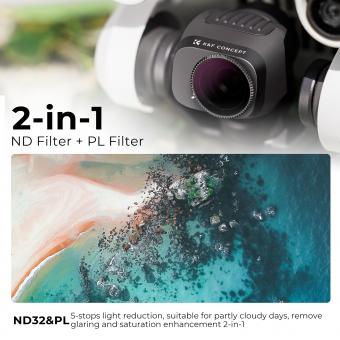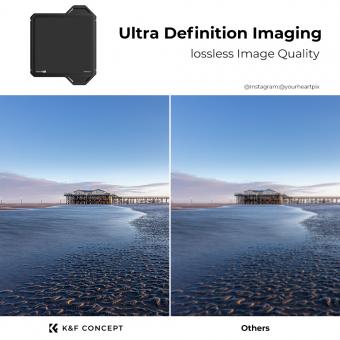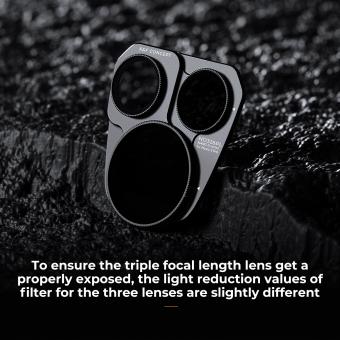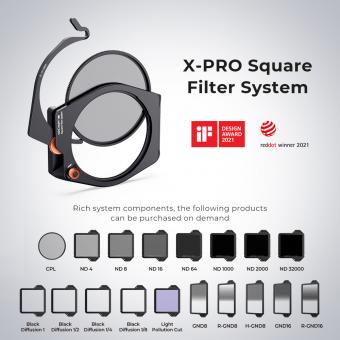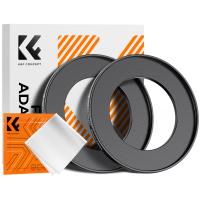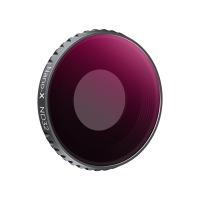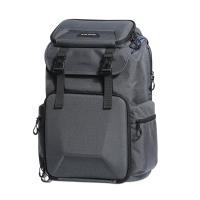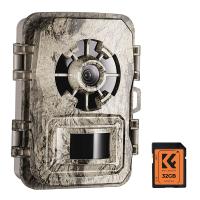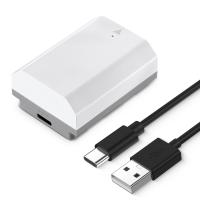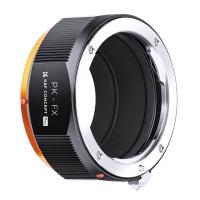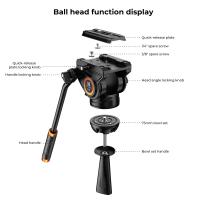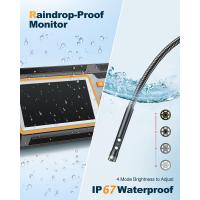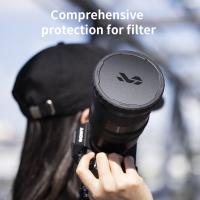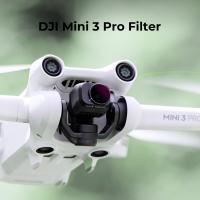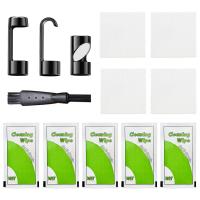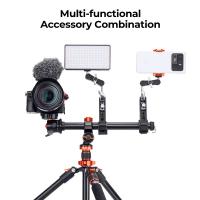Nd3 Filter How Many Stops ?
A ND3 filter typically reduces the amount of light entering the camera by 3 stops.
1、 Definition and Function of an ND3 Filter
An ND3 filter, also known as a neutral density filter, is a type of camera filter that reduces the amount of light entering the camera lens without affecting the color or contrast of the image. The number "3" in ND3 refers to the filter's light-stopping power, indicating that it reduces the light by three stops.
In photography, a stop refers to a doubling or halving of the amount of light reaching the camera sensor. So, an ND3 filter reduces the light by three stops, which means it allows only 1/8th of the original light to pass through the lens. This reduction in light is useful in various situations, such as when shooting in bright sunlight or when you want to achieve longer exposure times for creative effects like motion blur.
The primary function of an ND3 filter is to control the exposure of an image. By reducing the amount of light, it allows photographers to use wider apertures or slower shutter speeds, even in bright conditions. This enables them to achieve a shallower depth of field or capture motion blur, respectively.
Additionally, an ND3 filter can be used to balance the exposure between different parts of a scene. For example, if you have a bright sky and a darker foreground, using an ND3 filter can help bring down the exposure of the sky to match the foreground, resulting in a more balanced image.
It's worth noting that the use of ND filters has evolved over time, and higher-stop filters like ND6, ND10, or even ND1000 have become more popular. These filters provide even greater light reduction, allowing for longer exposures in extremely bright conditions or for capturing specific effects like smooth water or streaking clouds.
In conclusion, an ND3 filter reduces the light entering the camera lens by three stops, allowing photographers to control exposure, achieve creative effects, and balance the exposure between different parts of a scene. However, it's important to note that higher-stop ND filters are also available and offer more extreme light reduction options.
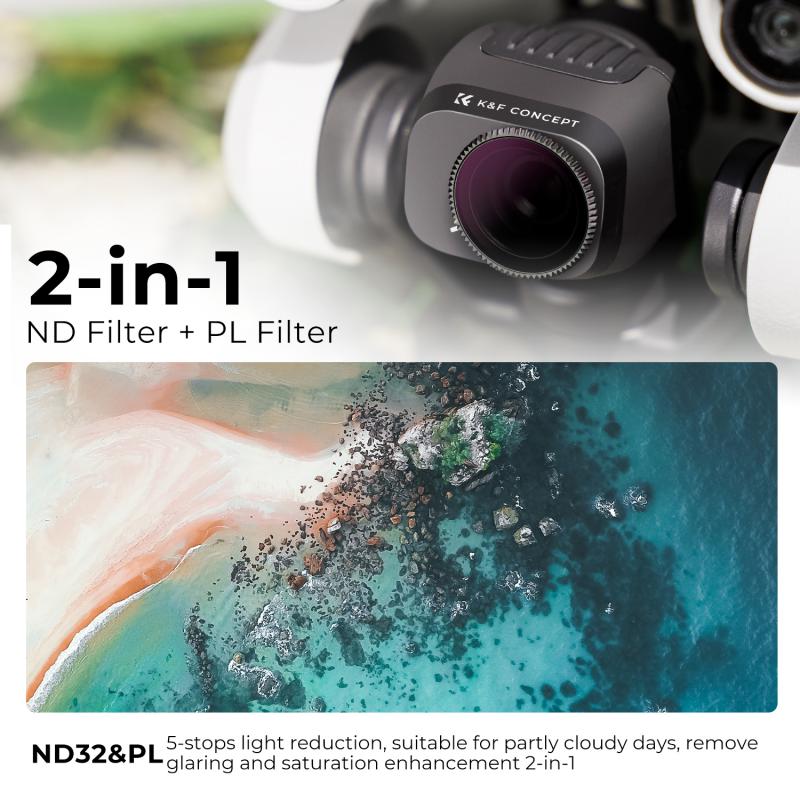
2、 Stops and Exposure Reduction of an ND3 Filter
An ND3 filter, also known as a neutral density filter, is a type of camera filter that reduces the amount of light entering the camera lens. The "ND" stands for "neutral density," indicating that the filter does not affect the color or tone of the image. The number "3" in "ND3" refers to the filter's light reduction factor.
The term "stops" is commonly used in photography to measure the amount of light. Each stop represents a doubling or halving of the amount of light. In the case of an ND3 filter, it reduces the amount of light entering the lens by three stops.
By using an ND3 filter, photographers can achieve various creative effects. One of the main purposes of using an ND filter is to allow for longer exposure times, which can result in motion blur or smooth water effects. For example, if a scene requires a shutter speed of 1/100th of a second without the filter, using an ND3 filter would allow for a shutter speed of 1/12th of a second, effectively increasing the exposure time.
It's important to note that the use of ND filters is not limited to still photography. Filmmakers also utilize ND filters to control the amount of light entering the camera lens, allowing for more flexibility in exposure settings.
In recent years, advancements in camera technology have led to the development of variable ND filters, which offer adjustable light reduction factors. These filters allow photographers to easily control the amount of light reduction without needing to carry multiple filters. However, it's worth mentioning that variable ND filters may introduce some color cast or image quality degradation, so it's important to choose a high-quality filter from a reputable manufacturer.
In conclusion, an ND3 filter reduces the amount of light entering the camera lens by three stops. This reduction in light allows photographers to achieve longer exposure times and creative effects in their images.
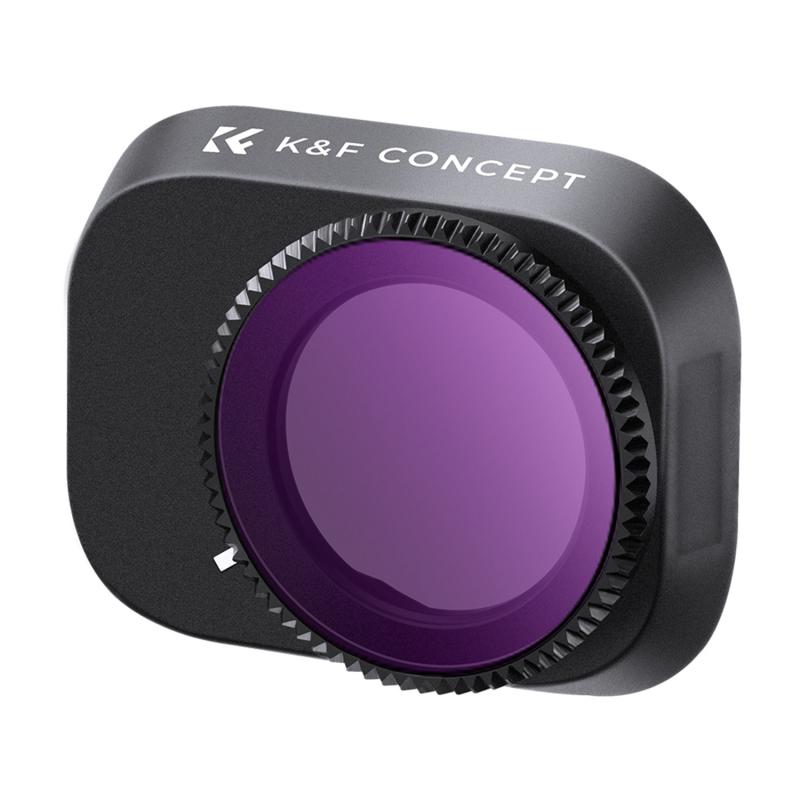
3、 Practical Applications of an ND3 Filter
An ND3 filter, also known as a neutral density filter, reduces the amount of light entering the camera lens without affecting the color or contrast of the image. The number "3" in ND3 refers to the filter's light-stopping power, indicating that it reduces the light by three stops.
The practical applications of an ND3 filter are numerous and varied. One common use is in landscape photography, where it allows photographers to achieve longer exposure times, resulting in smooth and silky waterfalls or rivers. By reducing the amount of light, the filter enables the use of slower shutter speeds, capturing the motion of water in a visually appealing way.
Another application is in portrait photography, where the ND3 filter can be used to create a shallow depth of field even in bright lighting conditions. By reducing the amount of light, the filter allows photographers to use wider apertures, resulting in a blurred background and a sharp focus on the subject.
Additionally, the ND3 filter is useful in capturing scenes with high contrast, such as during midday when the sun is at its brightest. By reducing the amount of light, the filter helps to balance the exposure between the bright highlights and the darker shadows, resulting in a more evenly exposed image.
In recent years, the use of ND filters has gained popularity in the field of long-exposure photography, particularly in capturing motion in urban environments. By using an ND3 filter, photographers can create stunning images of moving traffic or people, where the long exposure blurs the movement, creating a sense of dynamism and energy.
Overall, the ND3 filter is a versatile tool that allows photographers to have greater control over exposure and creative possibilities in various shooting conditions.

4、 Comparisons with Other ND Filters
The number of stops that an ND3 filter reduces the light entering the camera depends on the specific filter and its manufacturer. However, generally speaking, an ND3 filter typically reduces the light by three stops. This means that it allows only 1/8th of the original light to pass through the lens.
When comparing ND3 filters with other ND filters, it is important to consider their respective light reduction capabilities. For instance, an ND2 filter reduces the light by two stops, allowing 1/4th of the original light to pass through. On the other hand, an ND4 filter reduces the light by four stops, allowing only 1/16th of the original light to pass through. Therefore, an ND3 filter falls in between these two options in terms of light reduction.
It is worth noting that the choice of ND filter depends on the specific shooting conditions and desired effect. For example, if you are shooting in bright daylight and want to achieve a slower shutter speed for motion blur, an ND3 filter may be suitable. However, if you need even more light reduction, such as for long exposure photography in extremely bright conditions, you may consider using a higher-stop ND filter like ND6 or ND10.
It is also important to consider the quality of the ND filter when making comparisons. Different manufacturers may produce filters with varying levels of color neutrality, sharpness, and durability. Therefore, it is advisable to research and choose a reputable brand that offers high-quality ND filters.
In conclusion, an ND3 filter typically reduces the light by three stops, allowing 1/8th of the original light to pass through. When comparing with other ND filters, it falls in between the light reduction capabilities of ND2 and ND4 filters. However, the choice of ND filter depends on the shooting conditions and desired effect, and it is important to consider the quality of the filter when making comparisons.
